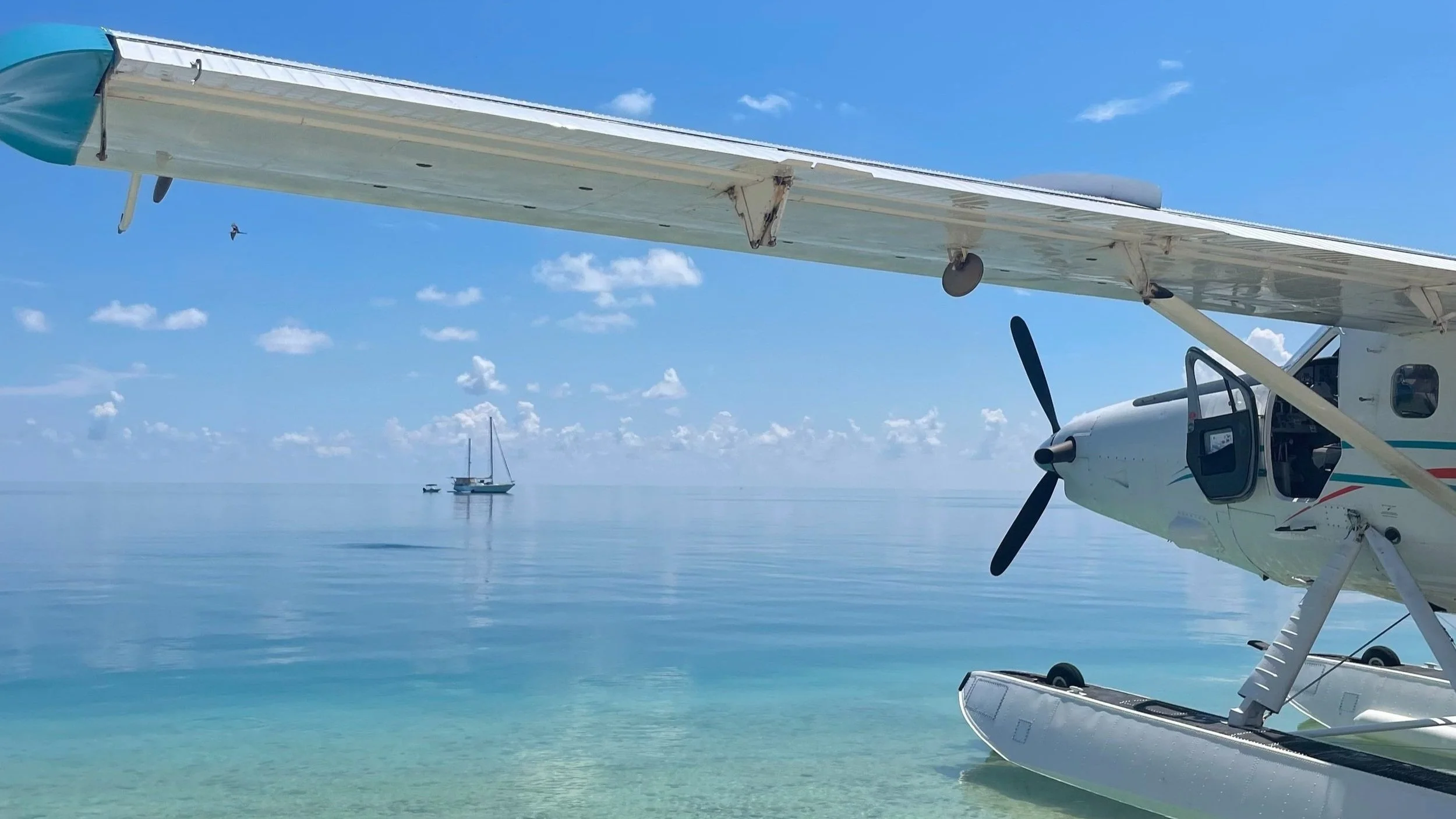Fly with Confidence
Flying can be a daunting experience for many. The fear of flying, also known as aviophobia, can range from mild anxiety to severe panic. Whether it's the turbulence or the sheer act of being thousands of feet above ground, the fear can be overwhelming. But there's good news: you can manage and even overcome this fear with the right techniques. One effective method for handling turbulence is Progressive Muscle Relaxation (PMR).
What is Progressive Muscle Relaxation?
Progressive Muscle Relaxation is a technique developed in the early 20th century by American physician Edmund Jacobson. It involves tensing and then slowly relaxing different muscle groups in the body. This process helps to reduce physical tension and promote mental calmness. The technique is based on the premise that mental relaxation is a natural outcome of physical relaxation.
Why PMR for Fear of Flying?
When you’re nervous about flying, your body reacts with physical symptoms like tense muscles, a racing heart, and shallow breathing. By practicing PMR before you fly, you can learn to counteract these symptoms and bring your body back to a state of calm. Here’s how PMR can help:
Reduces Physical Symptoms of Stress: By systematically tensing and relaxing your muscles, you can release physical tension that builds up due to fear.
Improves Breathing: PMR encourages deeper, more regular breathing, which helps to reduce feelings of panic.
Promotes Mental Calmness: As your body relaxes, your mind follows, reducing overall stress levels.
Builds Interoception Skills: By practicing PMR for a few weeks before a flight, you will build the ability to notice when your muscles are tense and identify which ones tighten during times of worry. You can then purposefully relax them at will to calm your body and mind during the flight.
How to Practice PMR
You can practice PMR anywhere, making it a perfect tool to use before and during a flight. Here's a step-by-step guide to get you started:
Find a Comfortable Position: Sit or lie down in a comfortable position. Close your eyes and take a few deep breaths.
Tense and Relax Muscle Groups: Start with your feet and work your way up to your head. For each muscle group, follow these steps:
Tense the muscle group for about 5-10 seconds. Be sure to tighten the muscles without straining them.
Notice the feeling of tension.
Slowly release the tension over 10-20 seconds.
Notice the feeling of relaxation.
Here’s a suggested order:
Feet: Curl your toes downward.
Legs: Tighten your calves, thighs, and buttocks.
Stomach: Suck in your stomach muscles.
Chest and Back: Tighten your chest muscles and pull your shoulders down with your back muscles.
Hands: Clench your fists.
Arms: Tighten your biceps and triceps.
Shoulders: Shrug them up towards your ears.
Neck: Press your head back gently against the headrest.
Face: Squeeze your eyes shut and scrunch your face.
After you’ve worked through all the muscle groups, take a few more deep breaths. Inhale slowly through your nose and allow your stomach to expand, hold for a few seconds, and exhale slowly a bit longer than you inhaled.
Tips for Practicing PMR
Practice Regularly: Like any skill, PMR gets easier and more effective with regular practice. Try to incorporate it into your daily routine.
Use It Before Flights: Practice PMR for a few weeks before your flight to get comfortable with the technique.
Purposefully Relax Tense Muscles During Flights: During the flight, pay attention to which muscles become tense during turbulence. For instance, it may just be your hands and stomach that tighten. If so, focus on those particular muscles and purposefully relax them during take-off, landing, and whenever turbulence arrives. By keeping those muscles relaxed, you are preventing them from triggering the fight-or-flight (pardon the pun) response in the rest of your body and mind.
Combine with Other Relaxation Techniques: PMR works well with other methods such as deep breathing and visualization.
Taking Flight with Confidence
Fear of flying doesn’t have to hold you back from exploring the world or enjoying the convenience of air travel. By incorporating Progressive Muscle Relaxation into your routine, you can manage your anxiety and take to the skies with a newfound sense of calm and confidence. Remember, the journey to overcoming your fear starts with one small step—or in this case, one relaxed muscle at a time.
Safe travels and happy relaxing!
Looking for guided experiences to help you practice PMR, breathing exercises, and visualization techniques? Calmpak offers a comprehensive suite of relaxation solutions designed to help you handle the stress of flying and more. With expertly crafted sessions, you can bring calmness and confidence to any journey. Visit Calmpak to learn more and purchase your own relaxation toolkit today.

